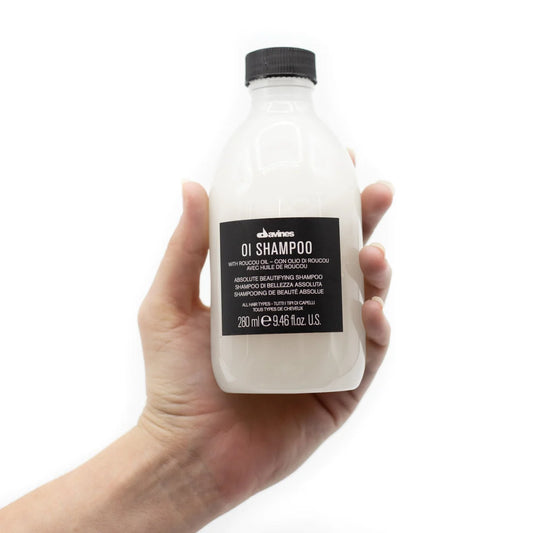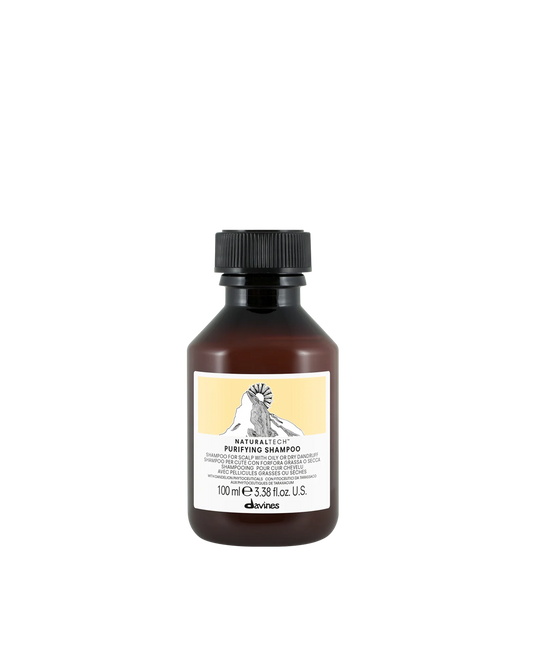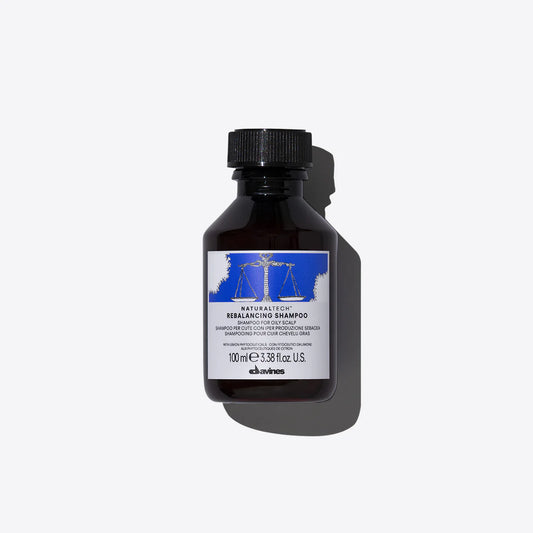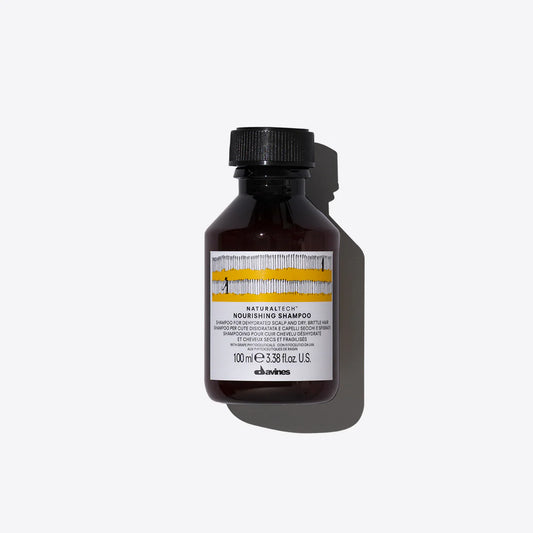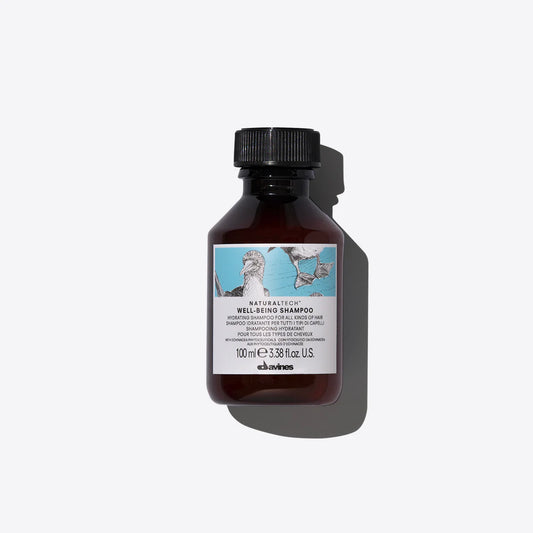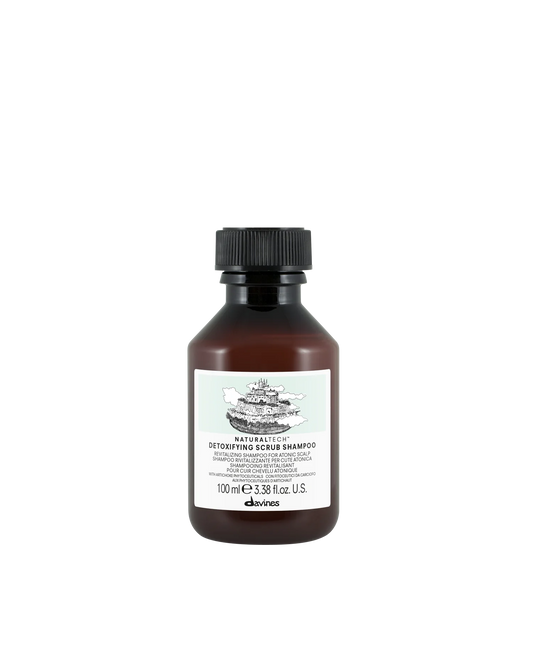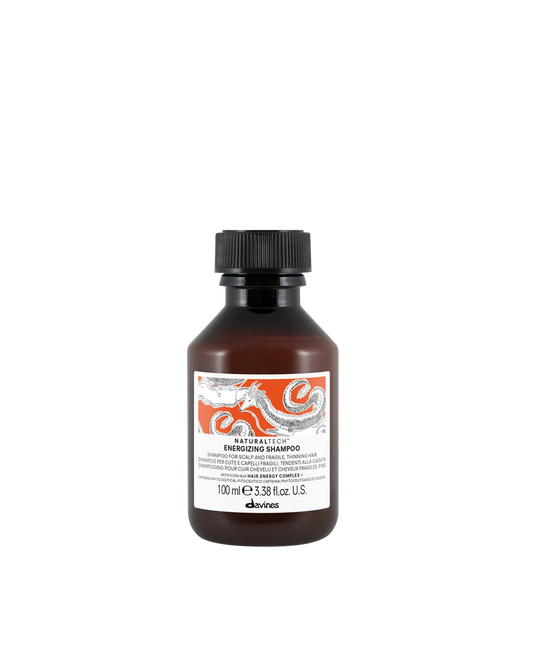Collection: Shampoo
-
OI Shampoo by Davines
Regular price From Dhs. 95.00Regular priceUnit price / per -
Purifyng shampoo by Davines
Regular price From Dhs. 95.00Regular priceUnit price / per -
3 in 1 Shampoo by Reuzel 350ml
Regular price Dhs. 95.00Regular priceUnit price / per -
Hair Beard and Body wash by Davines
Regular price Dhs. 130.00Regular priceUnit price / per -
Rebalancing Shampoo by Davines
Regular price From Dhs. 95.00Regular priceUnit price / per -
Nourishing Shampoo by Davines
Regular price From Dhs. 95.00Regular priceUnit price / per -
Well-Being Shampoo by Davines
Regular price From Dhs. 95.00Regular priceUnit price / per -
Detoxifying Scrub Shampoo by Davines
Regular price From Dhs. 95.00Regular priceUnit price / per -
Dayly Shampoo by Reuzel
Regular price Dhs. 75.00Regular priceUnit price / per -
Energizing Shampoo by Davines
Regular price From Dhs. 95.00Regular priceUnit price / per
The term "shampoo" is an English borrowing from Hindi, where "champa" refers to a flower used in India for making massage oils. However, the first branded product for mass production was developed in Germany. In 1903, chemist Hans Schwarzkopf introduced a powdered violet shampoo to the market, adorning the packaging with a distinctive black silhouette logo. Over time, the range of cleansing products expanded to include varieties such as egg, sulfur, herbal, oxygen, chamomile, birch, and others. Hans' subsequent invention was the liquid shampoo, which gained immense popularity for its user-friendly nature, leaving no sticky residue on the hair, unlike its alkaline predecessor.
- How to Choose Shampoo
Surveys indicate that many men continue to use their wives' shampoos. This is a rather significant mistake, as the pH level for men is considerably lower than that for women: 5.4 compared to 5.7. Additionally, men's hair tends to be oilier, and the scalp is prone to dandruff production. The contemporary global issue of hair loss has led to the recommendation for young individuals, starting from the age of 30, to opt for specialized cleansing products. Undoubtedly, these should be shampoos with a gentle composition, a set of beneficial substances, and microelements specifically designed for men.

